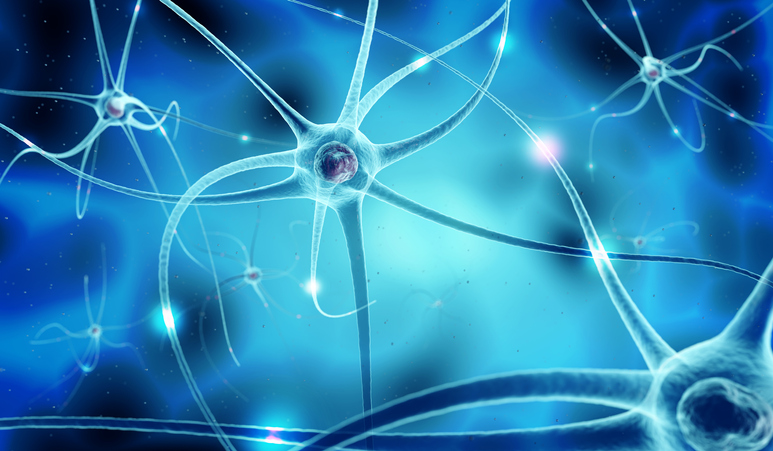Pain
Anger, Brain, and Nociplastic Pain (AB-NP) Model

Chronic pain can be divided into three subtypes: nociceptive pain, neuropathic pain, and nociplastic pain. Nociceptive pain is caused by ongoing tissue injury, while neuropathic pain results from continuing nerve injuries. Nociplastic pain is not the consequence of ongoing injury to tissues or nerves, but is generally thought to be pain associated with other conditions, such as fibromyalgia, tension headaches, irritable bowel syndrome (IBS), etc.
Nociplastic pain and anger
Scientists have discovered that nociplastic pain is exacerbated by the emotion of anger. This is known as the anger, brain, and nociplastic pain (AB-NP) model. Suppressing anger or expressing it in an unhealthy manner can increase nociplastic pain; however, building anger awareness may decrease the pain.
Anger can trigger the body to release stress hormones. Being mindful of anger involves becoming aware of the feeling and allowing it to pass, without immediate actions or distress responses. Anger awareness may impact circuits in the brain that cause or maintain nociplastic pain, thereby reducing the impact of chronic pain.
Emotional awareness and expression therapy (EAET)
Anger recognition can be developed through emotional awareness and expression therapy (EAET). During EAET, individuals begin learning the connection between the brain, emotions, and chronic pain. A therapist teaches techniques to face and cope with emotions, such as anger.
The therapist may ask an individual to imagine a situation when someone made them angry. The individual then expresses their anger toward the remembered person through words, body language, and tone of voice. This practice can reduce the fear of expressing anger inadequately. Through EAET, a therapist helps with planning and practicing healthy expressions of anger for future situations that may arise.
Additional source: University of Buffalo: School of Social Work


















